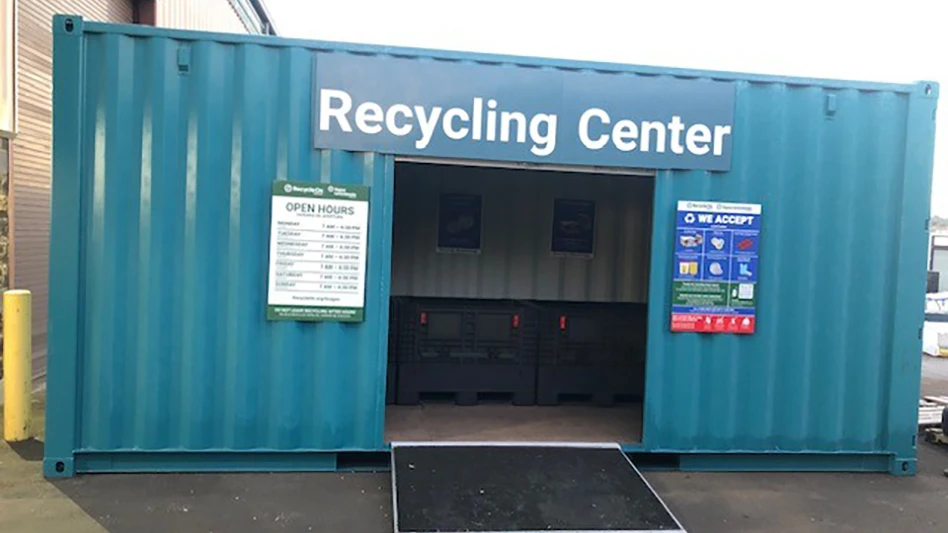The Timken Co. announced second quarter and first half results, including The Torrington Company for the full quarter. Timken acquired Torrington on February 18, 2003.
For the quarter ended June 30, the company reported sales of $990.3 million, up 50 percent from $660.8 million in the year-ago period. Most of the increase was due to the acquisition of Torrington. Excluding Torrington, sales were up 5 percent with about half of this growth attributable to currency translation.
Net income for the quarter was $3.9 million.
Results in the second quarter were negatively impacted by high energy and raw material costs, higher costs associated with the implementation of the manufacturing strategy and rationalization programs in our automotive group, lower volume in industrial markets due to high levels of distributor inventories for Torrington products, and higher pension and benefits costs.
"While we continue to maintain our focus on integration and on a strong balance sheet, our operating performance in our base business was lower than last year. We are taking corrective actions to address those problems and expect to achieve higher levels of performance later in the year," said James Griffith, president and CEO. "Our integration of Torrington remains on track. We have achieved $5 million in pretax savings to date and expect to hit our target for achieving annualized pretax savings of $20 million by the end of 2003."
For the first half, sales were $1.8 billion, compared with $1.3 billion in 2002.
The company's outlook has changed from the first quarter when it assumed continued strength in automotive markets, some improvement in industrial markets and some reduction in scrap and energy costs. An assumption was made that positive economic recovery would occur in the last six months of the year. For the remainder of the year, the company now expects some softening in North American production of automotive light vehicles, particularly passenger cars, versus the second half of last year. The company also assumes industrial markets will remain flat and energy and raw material costs will be higher.
Latest from Recycling Today
- US Steel to restart Illinois blast furnace
- AISI, Aluminum Association cite USMCA triangular trading concerns
- Nucor names new president
- DOE rare earths funding is open to recyclers
- Design for Recycling Resolution introduced
- PetStar PET recycling plant expands
- Iron Bull addresses scrap handling needs with custom hoppers
- REgroup, CP Group to build advanced MRF in Nova Scotia





